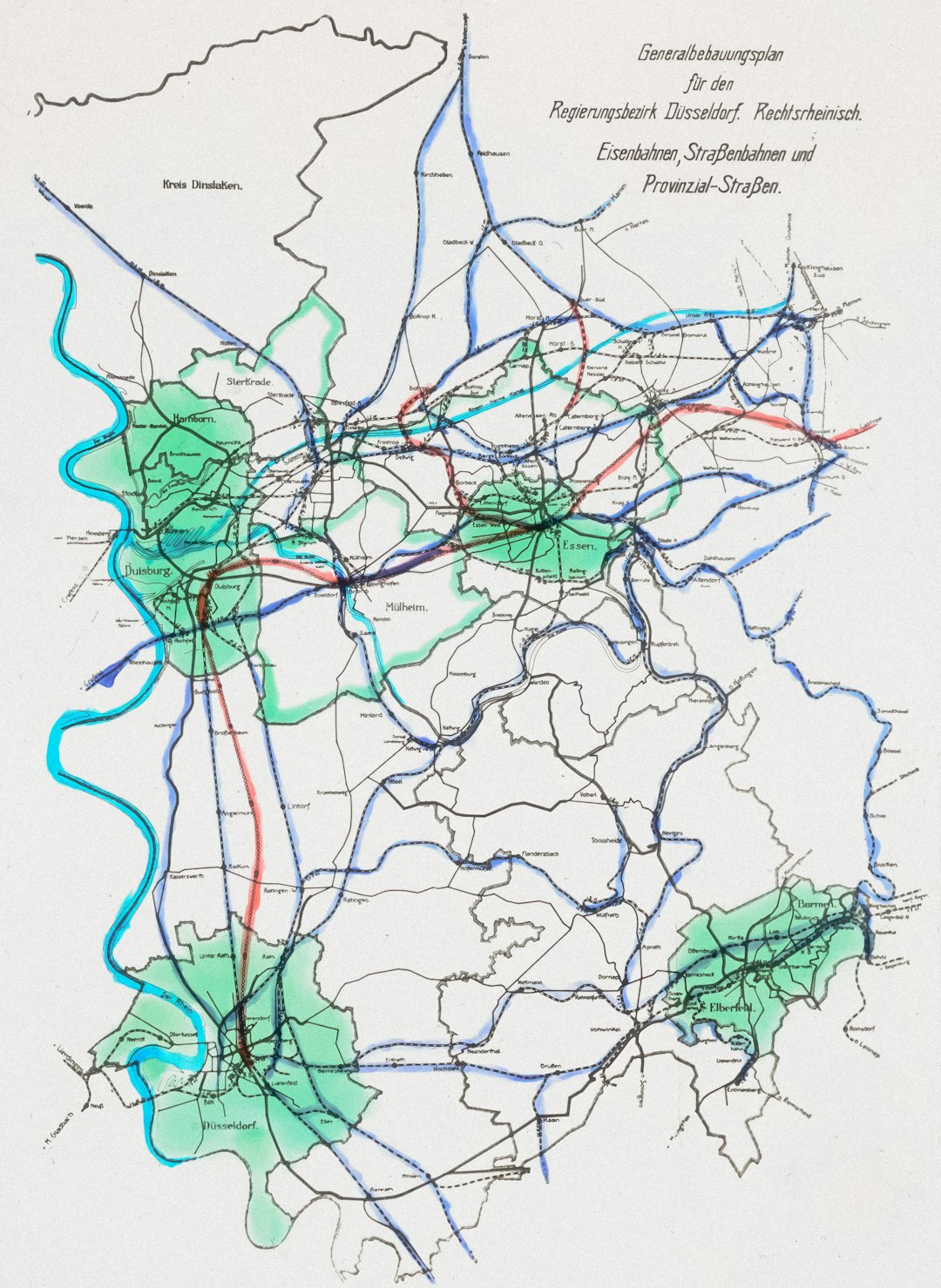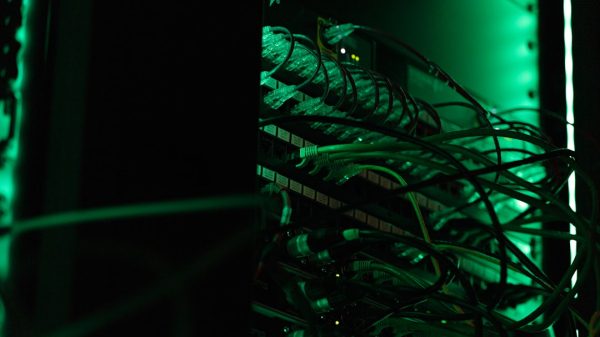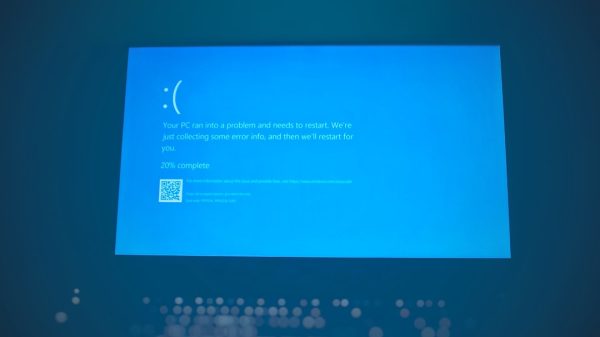WordPress is by far the most popular content management system on the web today, powering more than 40% of all websites. While it is extremely versatile and user-friendly, running WordPress at scale comes with a unique set of performance challenges. High-traffic websites, e-commerce stores, and enterprise-level platforms require a robust strategy to maintain speed, uptime, and reliability. Central to achieving optimal performance at scale are three critical components: caching, object cache, and Content Delivery Networks (CDNs). Understanding how these work together is essential for maintaining a high-performance WordPress site under growing demand.
Understanding the Need for Scaling
As sites grow in both traffic and complexity, so do the demands placed on their hosting environments. Without proper performance optimization, scaling a WordPress site can lead to:
- Slow page load times
- Inefficient database queries
- Increased server resource utilization
- Downtime during traffic spikes
To address these issues effectively, it’s important to implement a combination of server-side and client-side optimization techniques. The most critical of these include page caching, object caching, and integrating with a CDN. Let’s explore each of these in more detail.
Page Caching: Eliminating Redundant Processing
WordPress pages are generated dynamically. Every time a user visits a page, WordPress calls the database, processes PHP scripts, and assembles the requested content. This is efficient for small-scale operations but can severely slow down under heavy traffic. Page caching saves a pre-compiled version of the entire page and serves it as static content, bypassing all backend processing for each request.
Popular page caching plugins for WordPress include:
- WP Super Cache
- W3 Total Cache
- WP Rocket
These plugins work by storing the cached content either in memory or on disk. When properly configured, page caching can drastically reduce time-to-first-byte (TTFB), decrease server load, and improve user experience.

Object Cache: Optimizing Backend Processes
While page caching is effective for anonymous users, it becomes less useful for logged-in users, especially administrators or e-commerce customers. This is where object cache comes into play. Object caching stores the results of specific database queries and internal operations so they don’t need to be run again on subsequent page loads.
WordPress provides a built-in object cache API, but the default implementation is non-persistent, meaning it doesn’t store the cache between page loads. To leverage the full benefits, developers often implement a persistent object cache using services like:
- Redis – An in-memory data structure store known for its speed
- Memcached – A general-purpose distributed memory caching system
Enabling persistent object cache can significantly reduce the number of queries sent to the database, speeding up dynamic content generation and lowering the risk of database overload during traffic surges.
Benefits of Persistent Object Caching
- Faster backend operations
- Reduced database queries
- Improved scalability for logged-in users
For large WordPress websites operating at scale, object caching fills a critical role—especially in dynamic or personalized web experiences where full page caching is not applicable.
Integrating a CDN: Distributing the Load
Even with caching layers implemented on your server, content delivery becomes a bottleneck when users are globally distributed. A Content Delivery Network (CDN) helps bridge this gap by replicating your static content (images, scripts, stylesheets, etc.) across a network of servers placed strategically worldwide.
When a user visits your website, assets are delivered from the nearest CDN node, reducing latency and speeding up page load times. CDNs also offload traffic from the origin server, helping maintain high availability even during peak usage periods.
Leading CDN services for WordPress include:
- Cloudflare
- Amazon CloudFront
- StackPath
- KeyCDN

Key Benefits of Using a CDN
- Faster data delivery for globally distributed users
- Reduced bandwidth costs on origin server
- Enhanced security and DDoS mitigation
- Better user experience across the board
The Synergy of Caching and CDN
It’s important to understand that caching strategies and CDN implementation are not mutually exclusive. In fact, these components work best when applied together in a layered approach:
- Page cache handles full-page responses for anonymous users
- Object cache improves backend performance for logged-in sessions and dynamic content
- CDN ensures fast delivery of static assets globally
A layered caching model ensures that requests are intercepted and optimized at multiple levels, improving overall performance at scale. For best results, you should configure cache headers correctly to ensure CDN and browser caching work in tandem with your server-side caching.
Advanced Considerations for Enterprise-Level Scaling
As WordPress deployment scales to the enterprise level or supports mission-critical applications, additional strategies should be considered for safety, speed, and availability.
- Edge Caching: Some CDNs enable caching full HTML pages at the edge, which can effectively eliminate the need for origin server response entirely for certain requests.
- Load Balancing: Distributes incoming traffic across multiple servers, improving fault tolerance and uptime.
- Database Clustering: Useful for large, highly dynamic websites where high availability and performance are essential.
- Application Monitoring: Tools like New Relic, Datadog, or Query Monitor can identify slow database queries or bottlenecks in PHP execution.

Best Practices for WordPress at Scale
When it comes to operating WordPress at scale, following a disciplined set of best practices can assist in maintaining long-term performance:
- Regularly update WordPress core, plugins, and themes to close security holes and improve performance
- Minimize plugin usage, especially redundant or outdated ones that affect performance negatively
- Use asynchronous loading for scripts like JavaScript and CSS to prevent rendering delays
- Implement lazy loading for images and videos
- Enable GZIP compression at the server level to reduce payload size
These elements form the backbone of stable and performant WordPress infrastructure that can support millions of monthly visitors while ensuring top-tier user experience.
Conclusion
Successfully scaling a WordPress website requires more than just powerful hosting—it requires a well-rounded strategy that includes caching (both page and object), as well as robust CDN integration. Each component plays a vital role in reducing server load, accelerating content delivery, and making sure your website remains resilient and responsive under even the most demanding conditions.
With the right combination of tools and best practices, WordPress can not only scale effectively but thrive at an enterprise level. Continual monitoring, regular audits, and a proactive performance management approach will ensure the long-term success of your website at scale.


































